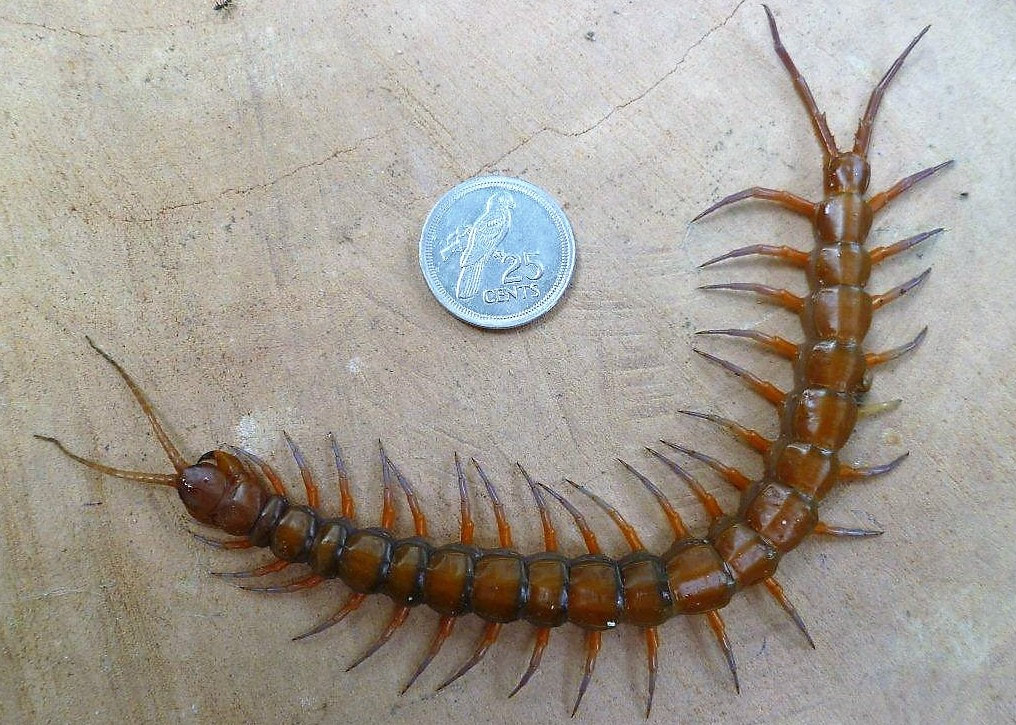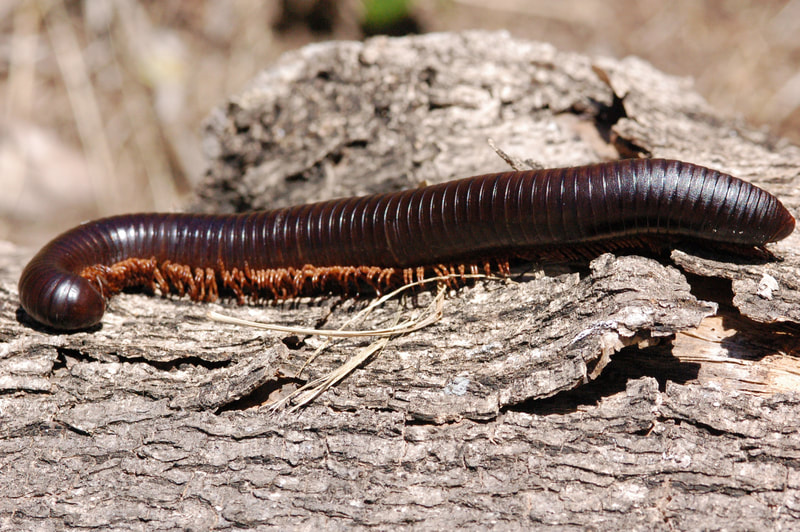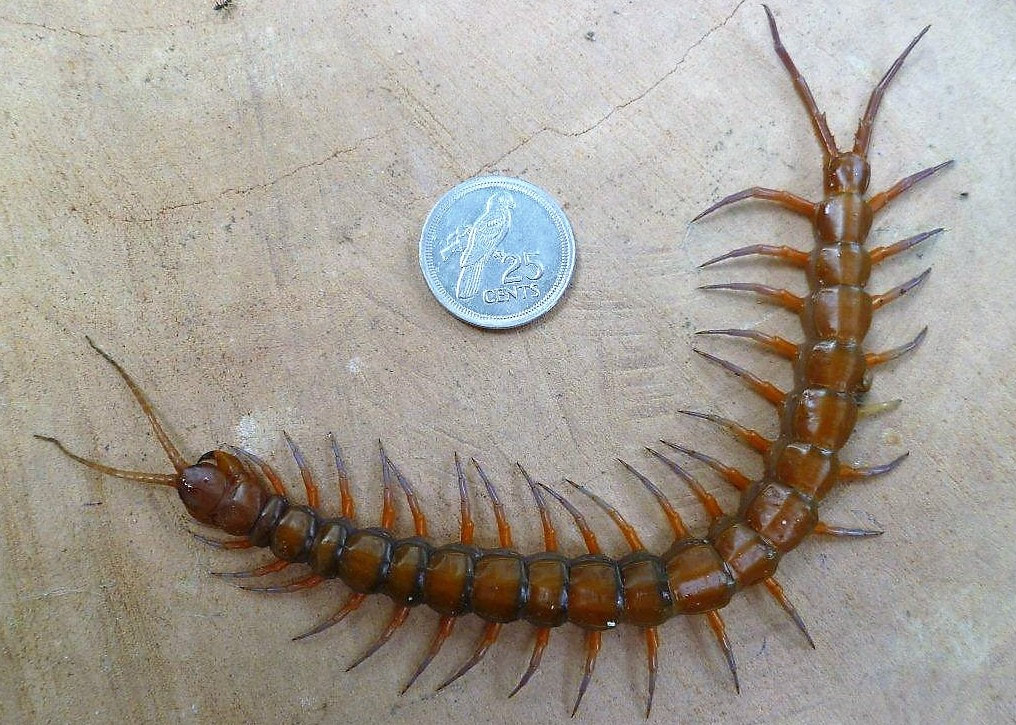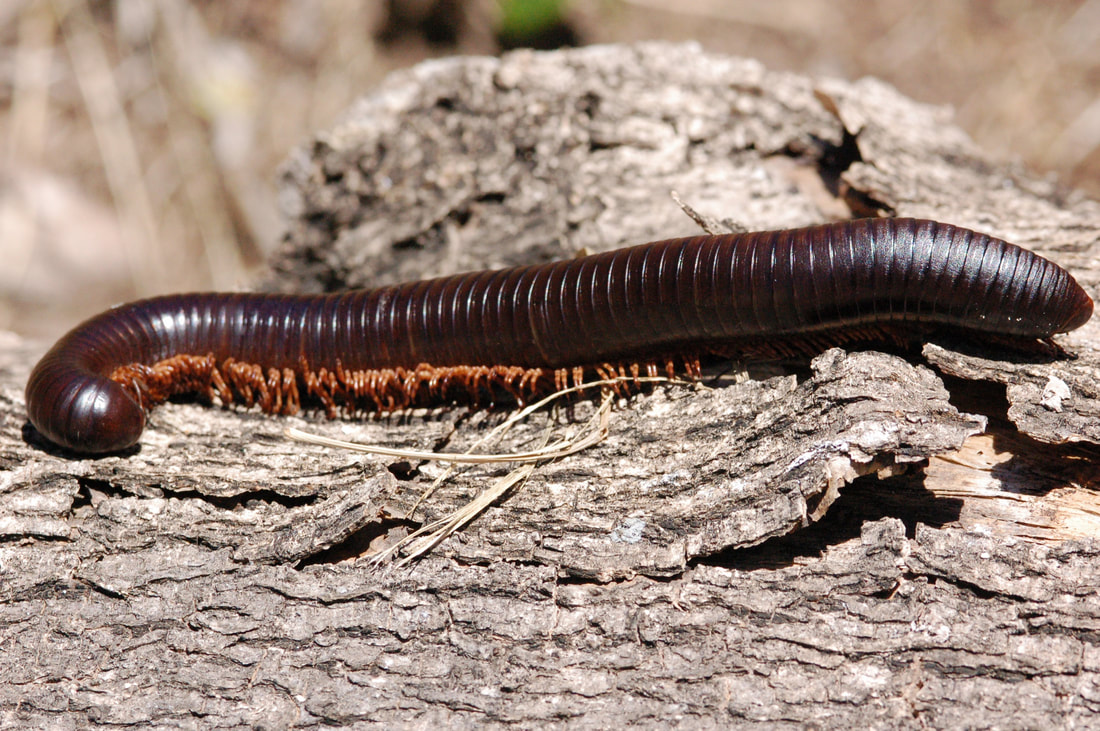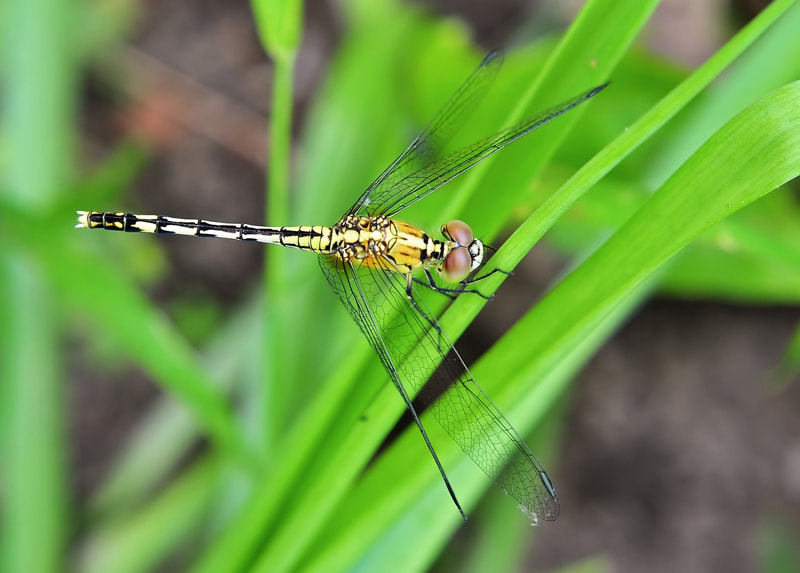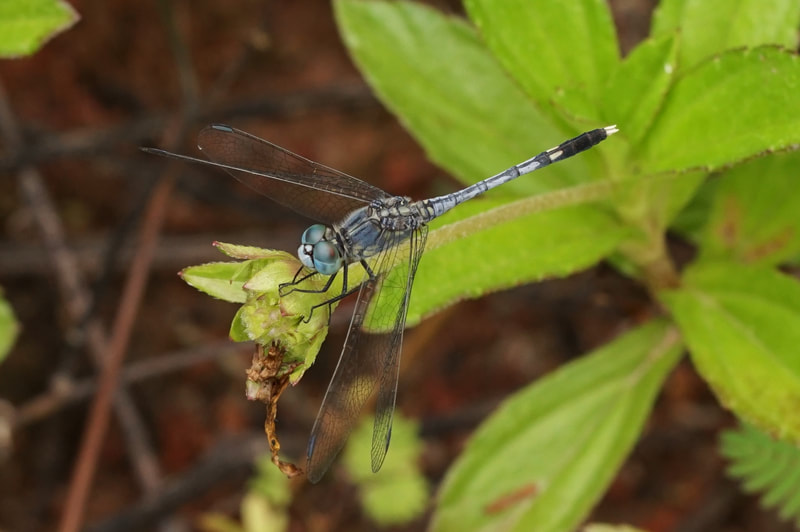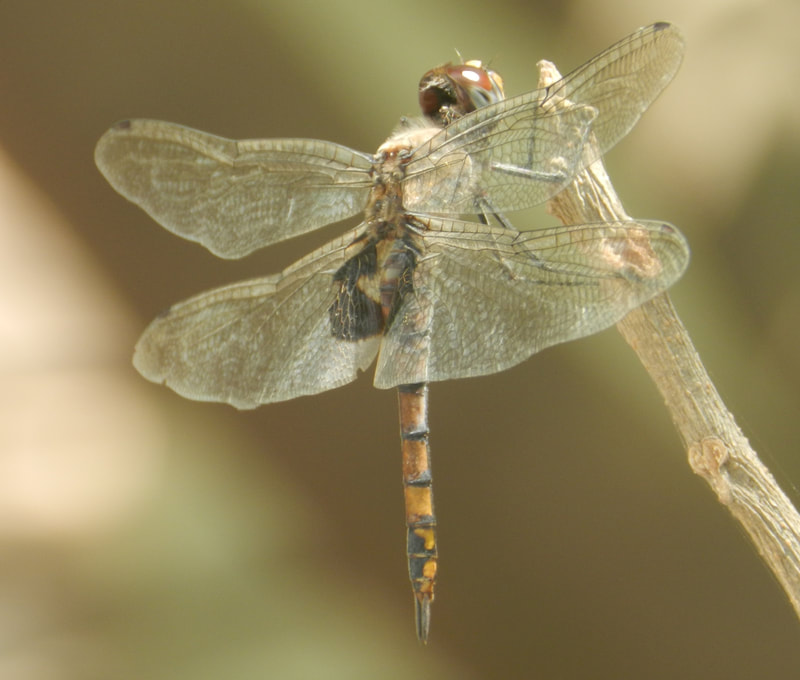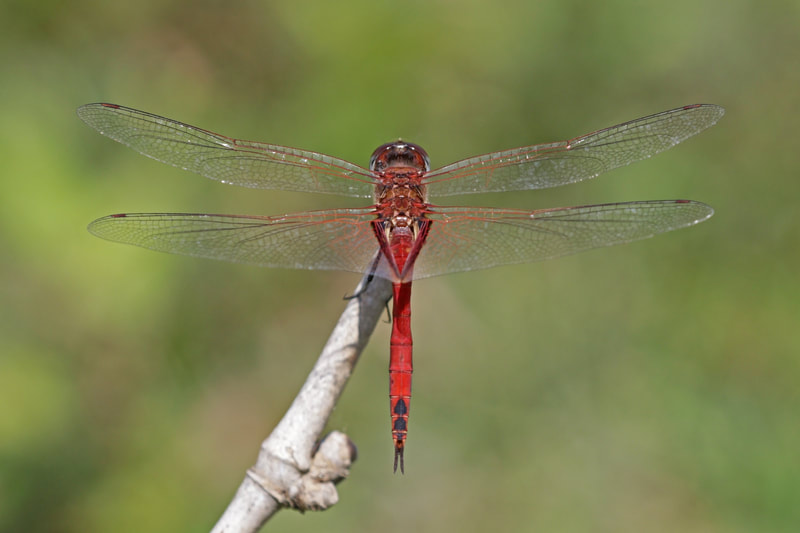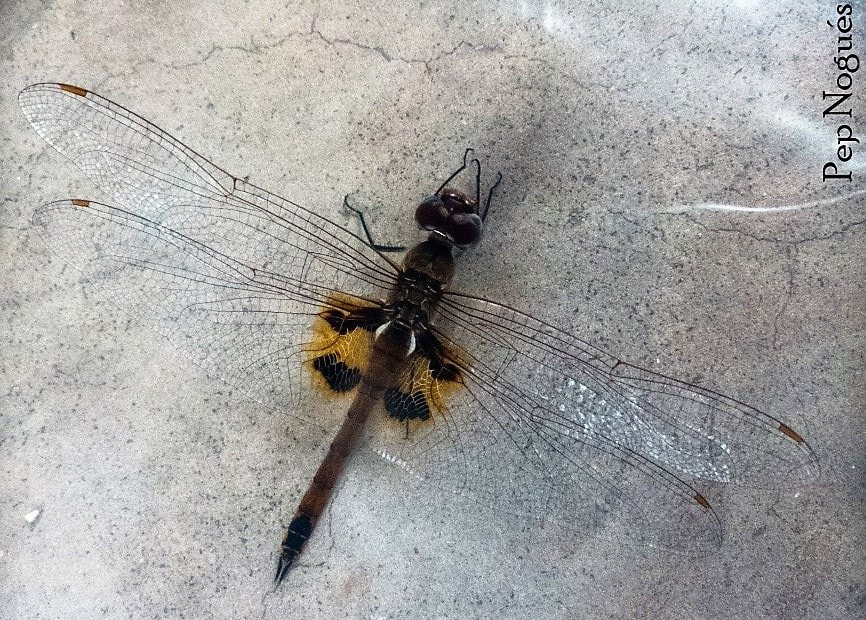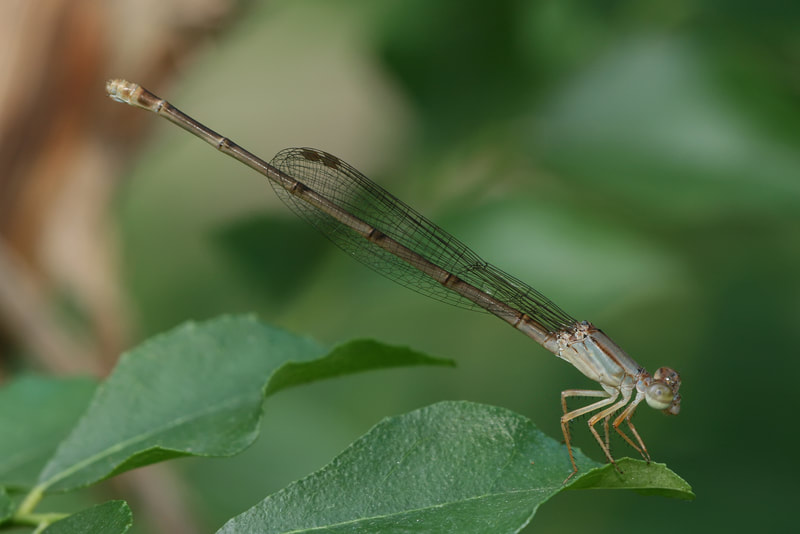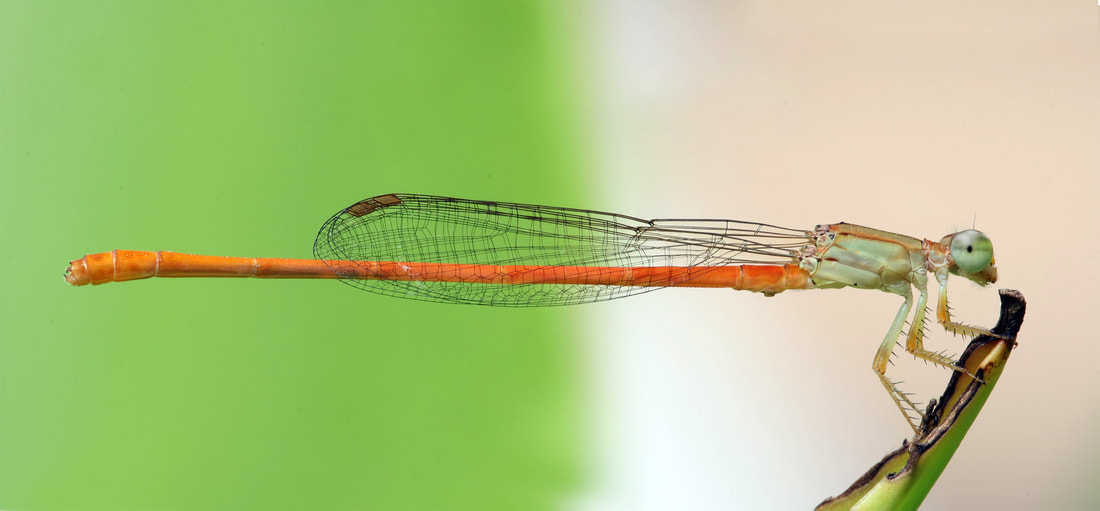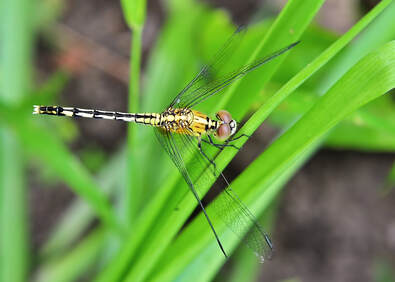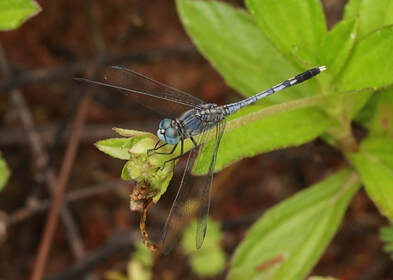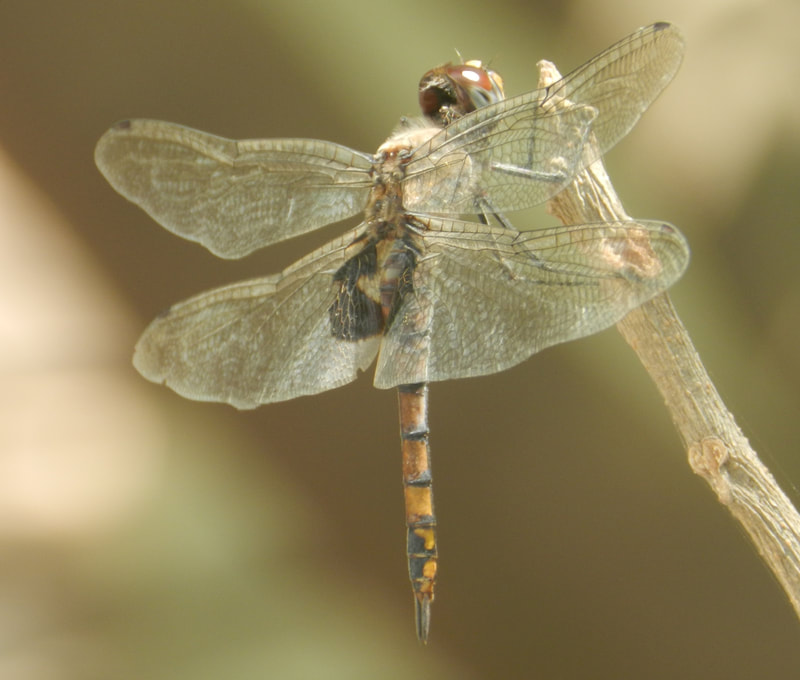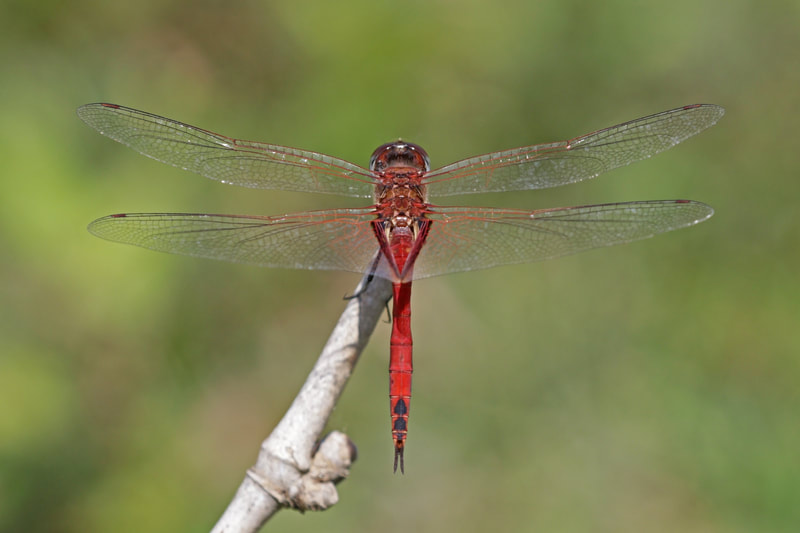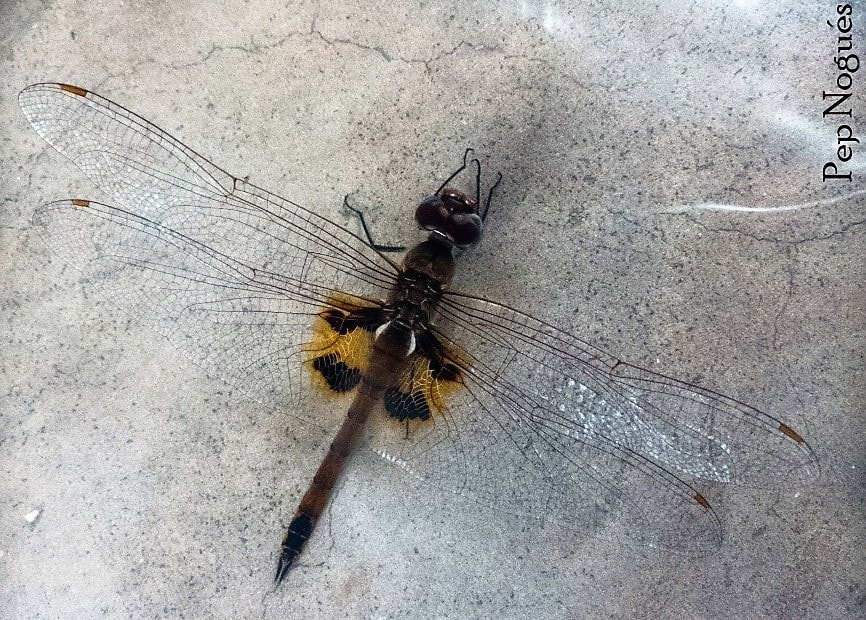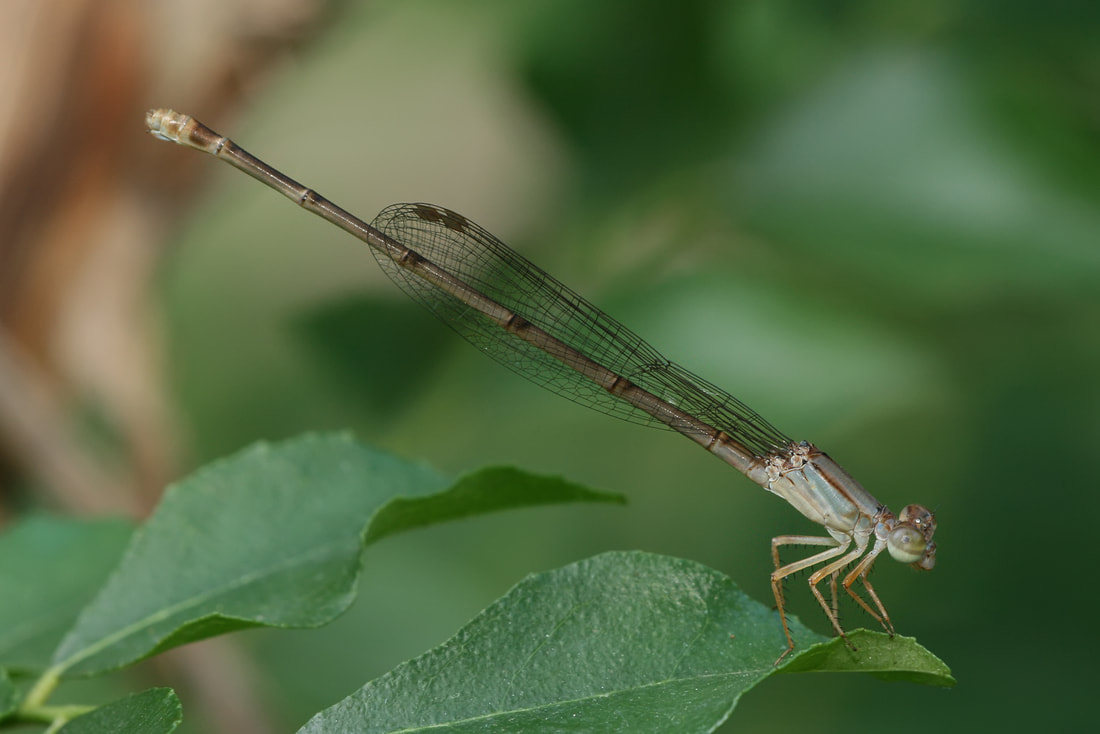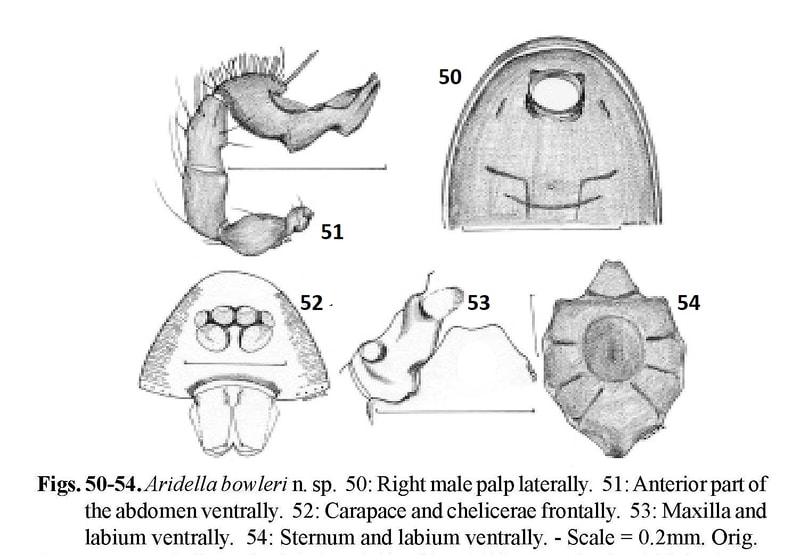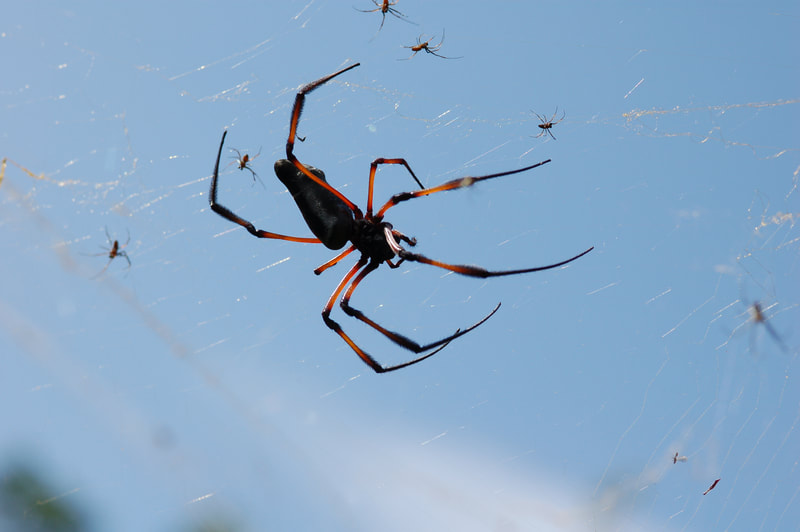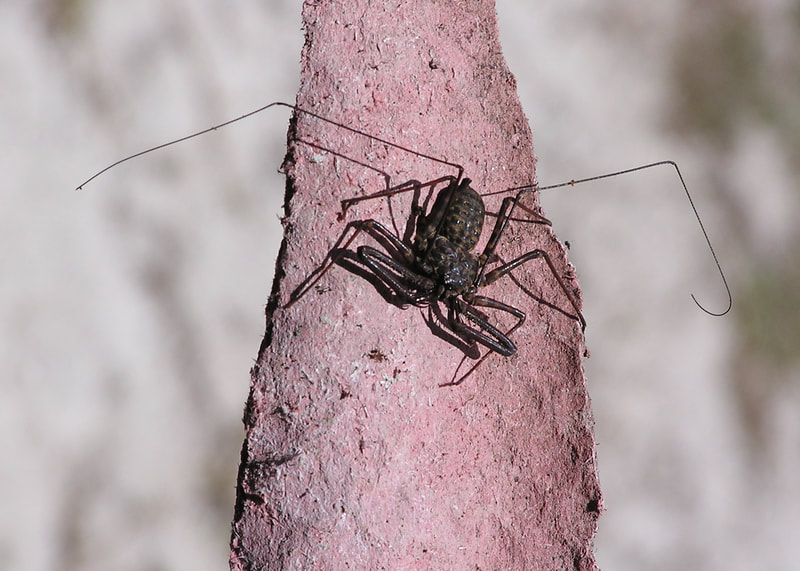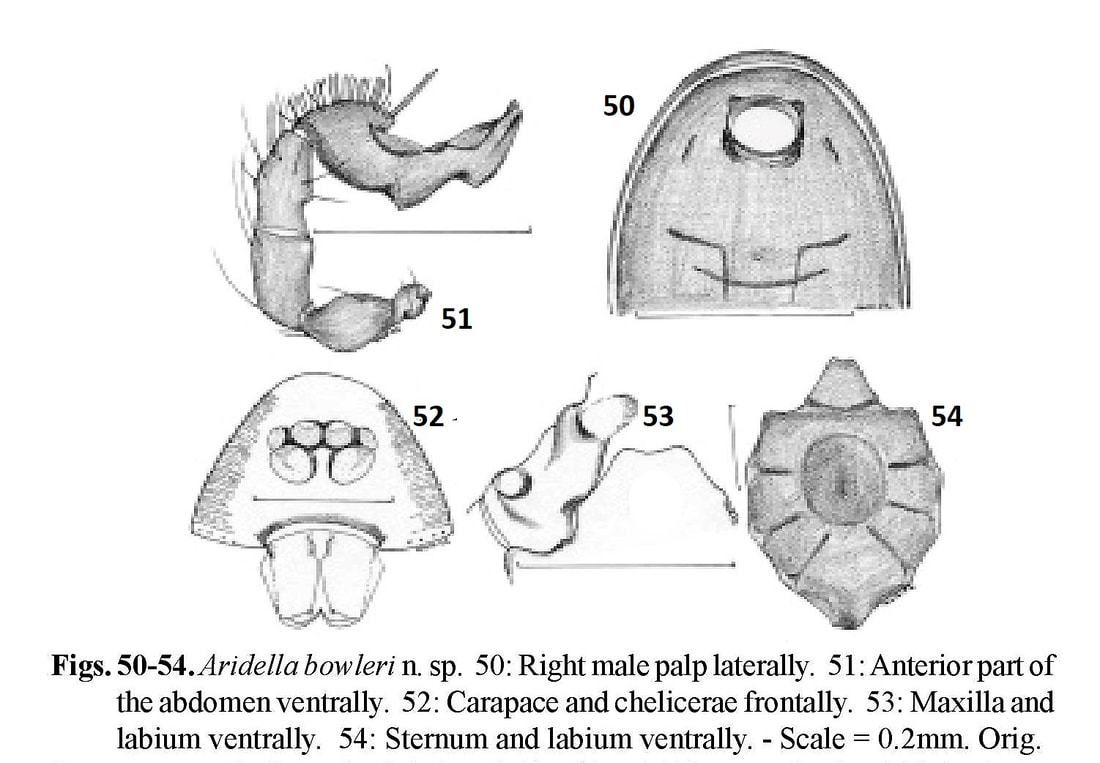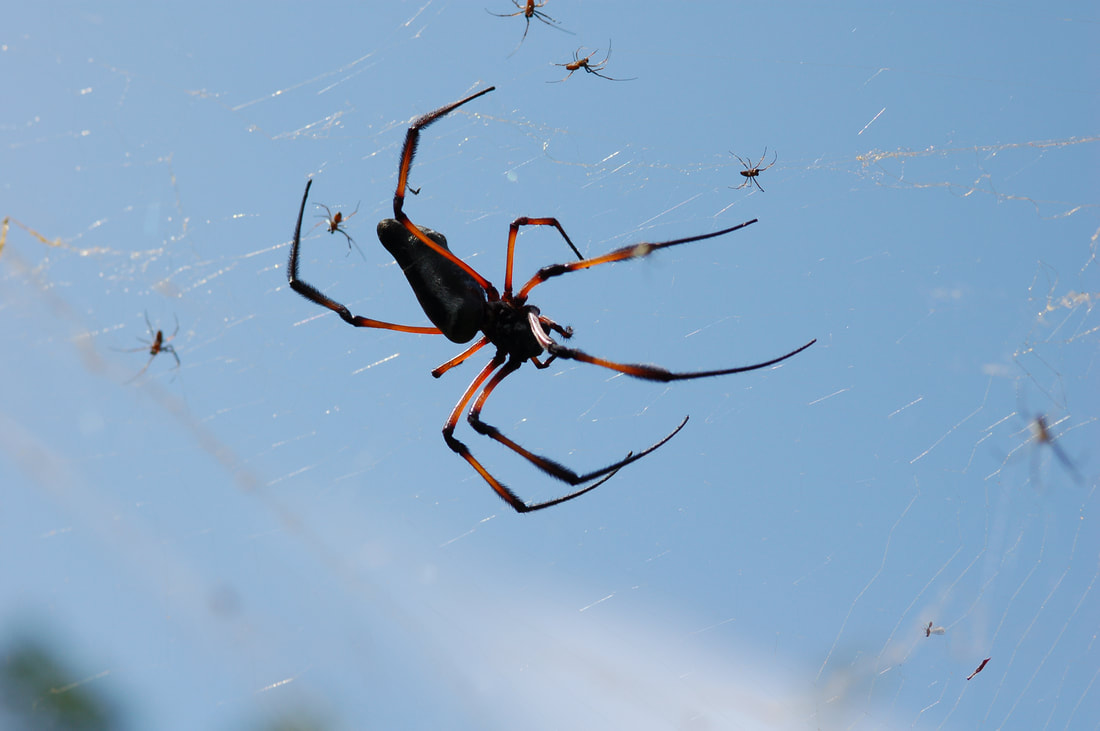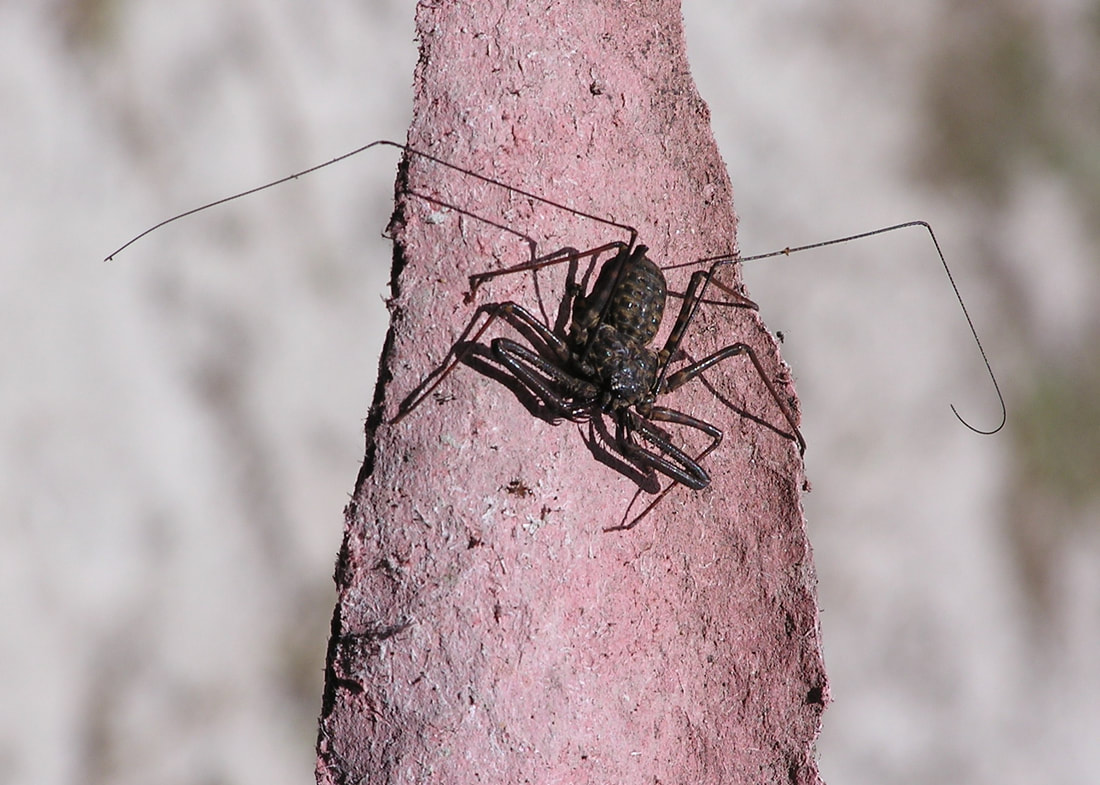Invertebrates
Invertebrates comprise the vast majority of species on Aride and indeed on Planet Earth. They are crucial components of food webs and fulfil services including decomposition and nutrient release. Though less conspicuous than other wildlife, they are the unsung heroes of the ecosystem.
Detailed information about each species can be found via the button below the gallery.
Detailed information about each species can be found via the button below the gallery.
Centipede and Millipede
Learn More
Orange-legged Centipede
Orange-legged Centipede Scolopendra subspinipes is a fearsome-looking nocturnal creature, found throughout much of the tropics including the islands of the Indian Ocean. It is one of the largest centipedes in the world and can reach 20 cm in length. It takes mainly arachnids including spiders, scorpions, small lizards and even mice. It attacks and grasps its prey with the last pair of legs, then rapidly curves backwards to sink its jaws into the prey, coiling its entire body around its victim, firmly attaching its legs to the body of the target. It quickly penetrates its pincers to inject venom.
DID YOU KNOW?
This is an aggressive and unpredictable arthropod which will strike if threatened. It should never be handled as it is a dangerous animal. It has a painful bite that has even resulted in death in children. Fortunately, its nocturnal habits mean it is rarely encountered by visitors to Aride.
DID YOU KNOW?
This is an aggressive and unpredictable arthropod which will strike if threatened. It should never be handled as it is a dangerous animal. It has a painful bite that has even resulted in death in children. Fortunately, its nocturnal habits mean it is rarely encountered by visitors to Aride.
Seychelles Giant Millipede
Seychelles Giant Millipede Sechelleptus seychellarum is one of the largest millipedes in the world, reaching over 15 cm in length. They feed on dead organic matter such as leaves and wood on the forest floor and play a vital role in increasing soil fertility by releasing nutrients from decaying organic matter back into the soil. The species was once widespread in the granitic islands, but it is now confined to islands free of rats. It is classed as Vulnerable by IUCN. Conservation of the species involves maintaining the forest canopy under which it lives.
DID YOU KNOW?
Despite their fearsome appearance giant millipedes are harmless to humans. However, if threatened or handled they can secrete an irritating liquid from pores on their body, which can be harmful if this comes into eye contact.
DID YOU KNOW?
Despite their fearsome appearance giant millipedes are harmless to humans. However, if threatened or handled they can secrete an irritating liquid from pores on their body, which can be harmful if this comes into eye contact.
Dragonflies and Damselflies
Learn More
Chalky Percher
Chalky Percher Diplacodes trivialis or Sky-blue Chaser is the second most frequently observed Odonata species on Aride. It is a small dragonfly with bluish eyes and greenish-yellow or olivaceous thorax and abdomen with black marks. In old adults, the whole thorax and abdomen become uniform pruinese (frosty) blue. Unmarked wings, creamy white anal appendages and deep pruinescence in adults help to distinguish this species from others in its genus. It is one of the most common dragonflies in Asia, found in both the plains and hills and in dry and wet areas. It occurs south to New Guinea and Australia. (Photo left female: JDP90 (Joydeep), CC BY-SA 3.0, via Wikimedia Commons).right, male: Vengolis CC BY-SA 4.0, via Wikimedia Commons).
Ferruginous Glider
Ferruginous Glider Tramea limbata or Scarlet Chaser is commonly observed on Aride in every month of the year but it is most common during February to May. This is a widespread species in sub-Saharan Africa to Madagascar, southern Arabian Peninsula, southern Asia and nearby islands. (Photo left female: Anubhav Agarwal, CC BY 3.0, via Wikimedia Commons; right male: Charles J Sharp, CC BY-SA 4.0, via Wikimedia Commons).
Globe Skimmer
Globe Skimmer Pantala flavescens is a remarkable dragonfly that migrates across the western Indian Ocean from Asia to Africa, a round trip of 18,000 km, the longest migration of any insect. The incredible journey is multi-generational, individuals covering as much as 6,000 km. However, their life expectancy is not known and because of their high mobility it is almost impossible to determine. It has been suggested they achieve this remarkable feat by riding high altitude winds associated with the Inter-tropical Convergence Zone (ITCZ). Circumstantial evidence suggests that the dragonflies fly with tailwinds within and behind the ITCZ, at altitudes over 1,000 meters. It is also the highest-flying dragonfly, recorded at 6,200 meters in the Himalayas. The male (pictured above) has a brown spot at the hind of the wing, lacking in females.
DID YOU KNOW?
Several bird species that eat dragonflies also migrate from India across the western Indian Ocean to Africa at the same time, presumably taking advantage of the same seasonal tailwinds. ICS staff have recorded an explosion in numbers of this dragonfly coinciding with the arrival of vagrant falcons.
DID YOU KNOW?
Several bird species that eat dragonflies also migrate from India across the western Indian Ocean to Africa at the same time, presumably taking advantage of the same seasonal tailwinds. ICS staff have recorded an explosion in numbers of this dragonfly coinciding with the arrival of vagrant falcons.
Orange Waxtail
Orange Waxtail Ceriagrion glabrum or Orange Damselfly is the most common species of damselfly to be seen on Aride, accounting for almost 50% of all sightings. It is widespread in sub-Saharan Africa Madagascar, Mauritius, Réunion, São Tomé and Príncipe and Seychelles. The male is orange and green coloured while the female ranges from light brown to dark brown depending on their maturity. The darkened colours in females aid reproduction. (Both photos: Muhammad Mahdi Karim).
Spiders
Learn More
Aride Goblin Spider
Aride Goblin Spider Aridella bowleri belongs to the family Oonopidae known as goblin spiders. It is the only member of a genus named after and endemic to Aride. In addition to the genital organs of the male, it is easily distinguished from other Seychelles goblin spiders by its large anterior eyes and an oval shaped depression on the sternum. However, like other goblin spiders it is tiny, measuring about 2 millimeters. It is seldom seen due to its small size and its preferred habitat, hidden in the leaf litter. (Image from Saaristo, M. 2002. New species and interesting new records of spiders from Seychelles (Arichnida, Araneaea). Phelsuma 10: p19).
Palm Spider
Palm spider Nephila inaurata is a species of golden orb spider, with two races: madagascariensis native to Seychelles and southern Africa and the nominate race in the Mascarenes. The female has a black, silver, and reddish brown body with red and black legs. Males are considerably smaller and less colourful. It is completely harmless to humans. Their webs are large and very strong, capable of even capturing small birds though these are rarely eaten; their usual prey is aerial insects of all kinds.
DID YOU KNOW?
The small inconspicuous male Palm Spider inhabits the periphery of the web. His leg span is just 25-30mm whereas a female has a leg span of approximately 100mm.
DID YOU KNOW?
The small inconspicuous male Palm Spider inhabits the periphery of the web. His leg span is just 25-30mm whereas a female has a leg span of approximately 100mm.
Whip Spider
Whip Spider Phrynichus scaber is like a cross between a spider and a prawn. It has a body nearly 4 cm long, a pair of elongated and spiny pedipalps or “claws” in front, the first pair of legs transformed into whip-like feelers (hence the name), and three pairs of walking legs. Contrary to its fearsome appearance, the whip spider lacks venom and is harmless to humans, preying on insects and perhaps small lizards. They are secretive nocturnal creatures that hide in shearwater burrows and other nooks and crannies during the day.
DID YOU KNOW?
Research on Aride by Professor Peter Weygoldt and his wife Sylvia from Albert-Ludwigs University in Germany revealed that Whip Spiders engage in a complex mating tap dance that lasts several hours. At the end of the process, the female frees herself from the male’s clutches and beats him with her pedipalps or grabs at him. He quickly (and wisely!) retreats.
DID YOU KNOW?
Research on Aride by Professor Peter Weygoldt and his wife Sylvia from Albert-Ludwigs University in Germany revealed that Whip Spiders engage in a complex mating tap dance that lasts several hours. At the end of the process, the female frees herself from the male’s clutches and beats him with her pedipalps or grabs at him. He quickly (and wisely!) retreats.
